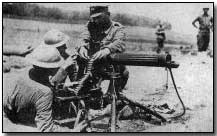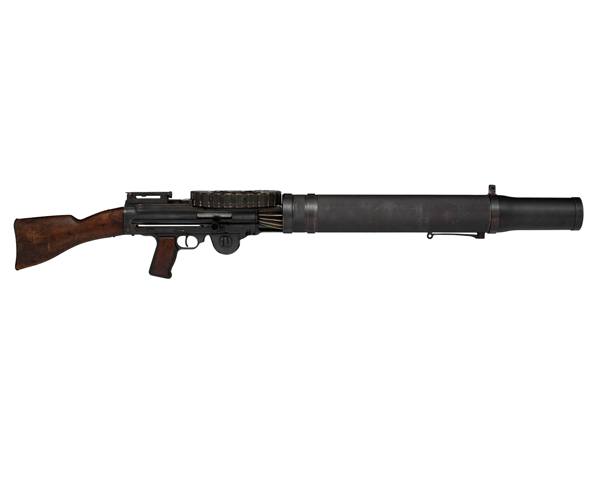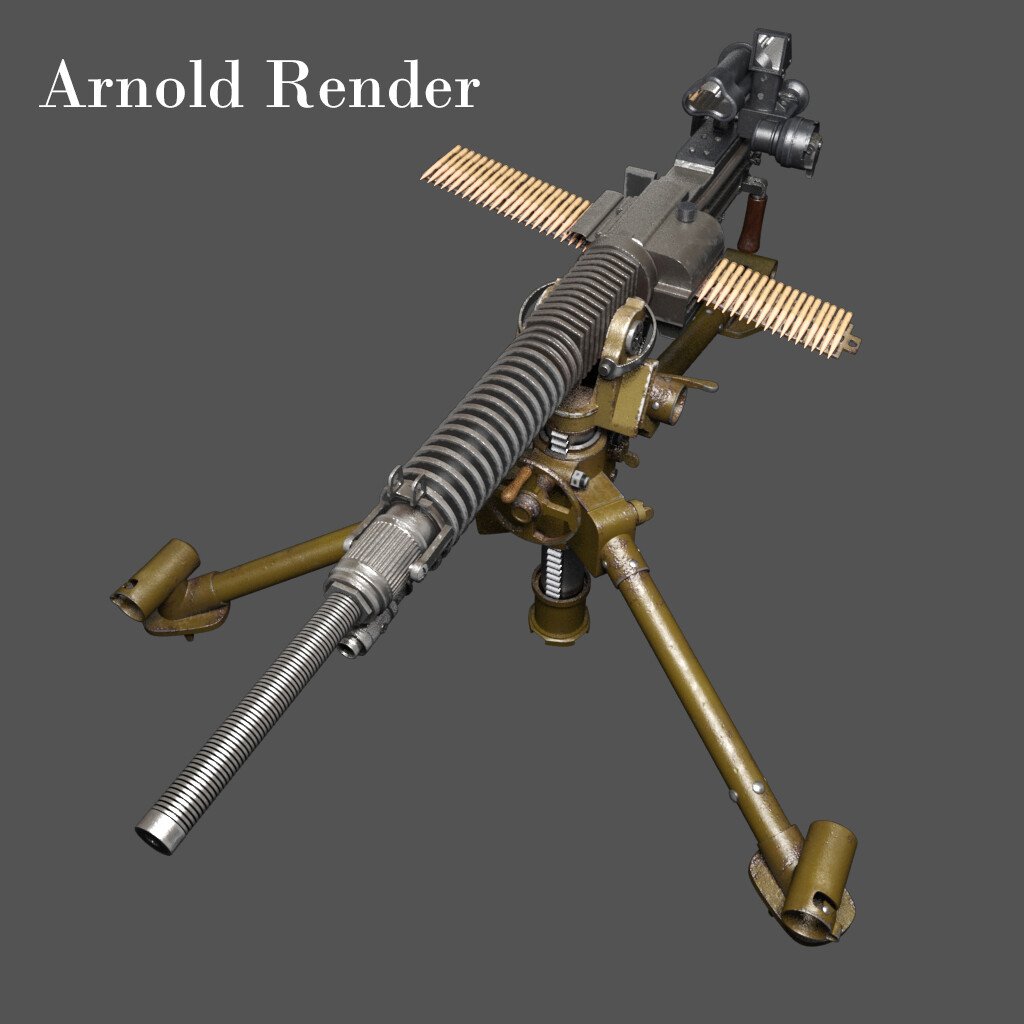Depending upon the gunner and conditions, a barrel change might be required as typically as every 200 to 250 rounds. When the hot barrel was eliminated, it was reserved up until it was cool enough to utilize again. Machine-gun groups would have as many as 6 spare barrels on hand.
Driving through a just recently secured location in Belgium, the observant Liniewski found the deserted weapon in a field. Liniewski then did what any unsupervised GI would have carried out in that position; he stopped his truck and seized the chance to snag a terrific keepsake for the folks back home. As an assistance soldier, Liniewski was not familiar enough with weapons to dismantle his MG-42, so he held on to it for a while till he found a camp where German prisoners of war were being held.
The weapon remained in the Liniewski household until 2016 when his boy Marty donated the weapon to the Museum. In spite of its propensity to overheat, the MG-42 was an excellent weapon that was light-years of ahead of the United States counterpart, the Browning M-1919A4 machine weapon. Germany produced roughly 400,000 MG-42s throughout the war, a few of which are still in active duty.

Taken together, all these weapons gave the Red Army a more useful range of assistance weapons, much better able to challenge the Germans for fire superiority on the battlefield. Completely illustrated, this study describes the innovation and the strategies of these gatling gun. Noted authority Chris Mc, Nab sets out how these machine weapons were distributed and tactically used and offers numerous examples of the weapons in action, from attack groups on the streets of Stalingrad to tank crews struggling for survival at Kursk.
Indicators on Us Military Depended On Foreign Weapons During World War I You Need To Know
Illustrated with premium photos and specifically commissioned art work, this is a deep analysis of these vital tools of warfare within the Soviet forces.
Taken together, all these weapons offered the Red Army a more practical variety of assistance weapons, better able to challenge the Germans for fire superiority on the battleground. Completely illustrated, this study describes the technology and the strategies of these machine weapons. Noted authority Chris Mc, Nab sets out how these machine weapons were distributed and tactically used and supplies numerous examples of the weapons in action, from attack teams on the streets of Stalingrad to tank teams struggling for survival at Kursk.
Illustrated with premium photos and specially commissioned art work, this is a deep analysis of these vital tools of warfare within the Soviet forces.
The gatling gun company, commanded by a captain, had an assigned strength of 6 commissioned officers and 172 gotten guys, and brought 16 weapons, 4 of which were spares. Within the company there were three squads and a head office section. A very first lieutenant led the very first army, while second lieutenants led platoons 2 and three.
The 7-Minute Rule for Machine Guns: Types And Tactics Of The First World War


Within each section were 2 weapon teams, each with one weapon and nine men, led by corporals. The gun team had one fight cart, pulled by a mule, to carry its gun and ammunition as near the shooting position as opponent fire permitted. From there the crews moved the guns and ammunition forward by hand.
It had just 2 business, similar to the other maker weapon business in terms of personnel and weapons. Each gun squad used a special motor car to transport its personnel, weapon and devices.
In this function the weapons were positioned 300 to 1000 meters to the back of the front line. When they utilized their guns in that style, the gatling gun officers typically encountered opposition from the rifle business commanders, who preferred to have the guns further forward, fearing that their infantrymen would be at threat of roaming low rounds as they advanced under the overhead device gun fire.
They soon found that the device weapons were high top priority targets for enemy fire, and that it was useful to have the guns at some distance from the infantry positions. Because enemy machine weapons postured the best risk to the attacking soldiers, the device gun teams strove to locate the opponent guns and to concentrate their fire upon them.
The Basic Principles Of Weapons Used By The Australian Army In World War I
A proportion of the weapons was kept back as a reserve under command of the machine weapon officer. 6Machine weapon tactical doctrine dictated that in the defense the Hotchkiss weapons should only hardly ever lie within 100 backyards of the front line and that at least two-thirds of the guns must be echeloned back through the whole protective position, located so that nearby weapons would be equally supporting.

7 To discover other functions on the visit our THE DOUGHBOY CENTER wishes to constantly broaden this function. Additions and discuss these pages may be directed to:.
I was impaled on this. My only fear was that he would push the trigger which would have made a hell of a mess. In the meantime, my sergeant who was near he saw me; came in close; shot the fellow and after that hoisted me, with the aid of another male, off the bayonet.
A bayonet wound straight it goes in it hurts and the withdrawal is most likely further suffering than the 'putting in' since the 'putting in' is instantaneous. Another type of weapon was the trench club.
Comments on “A Biased View of How The Machine Gun Revolutionized World War 1 Combat”